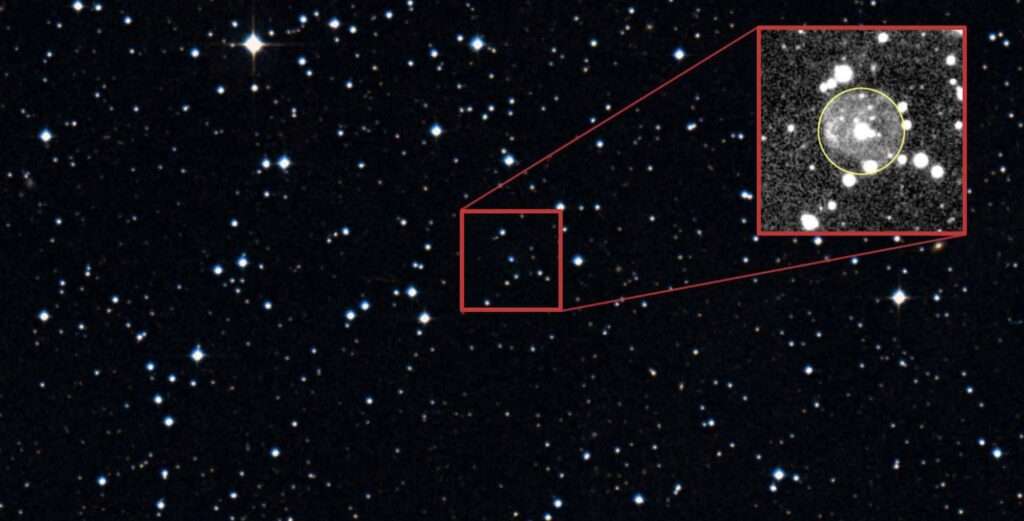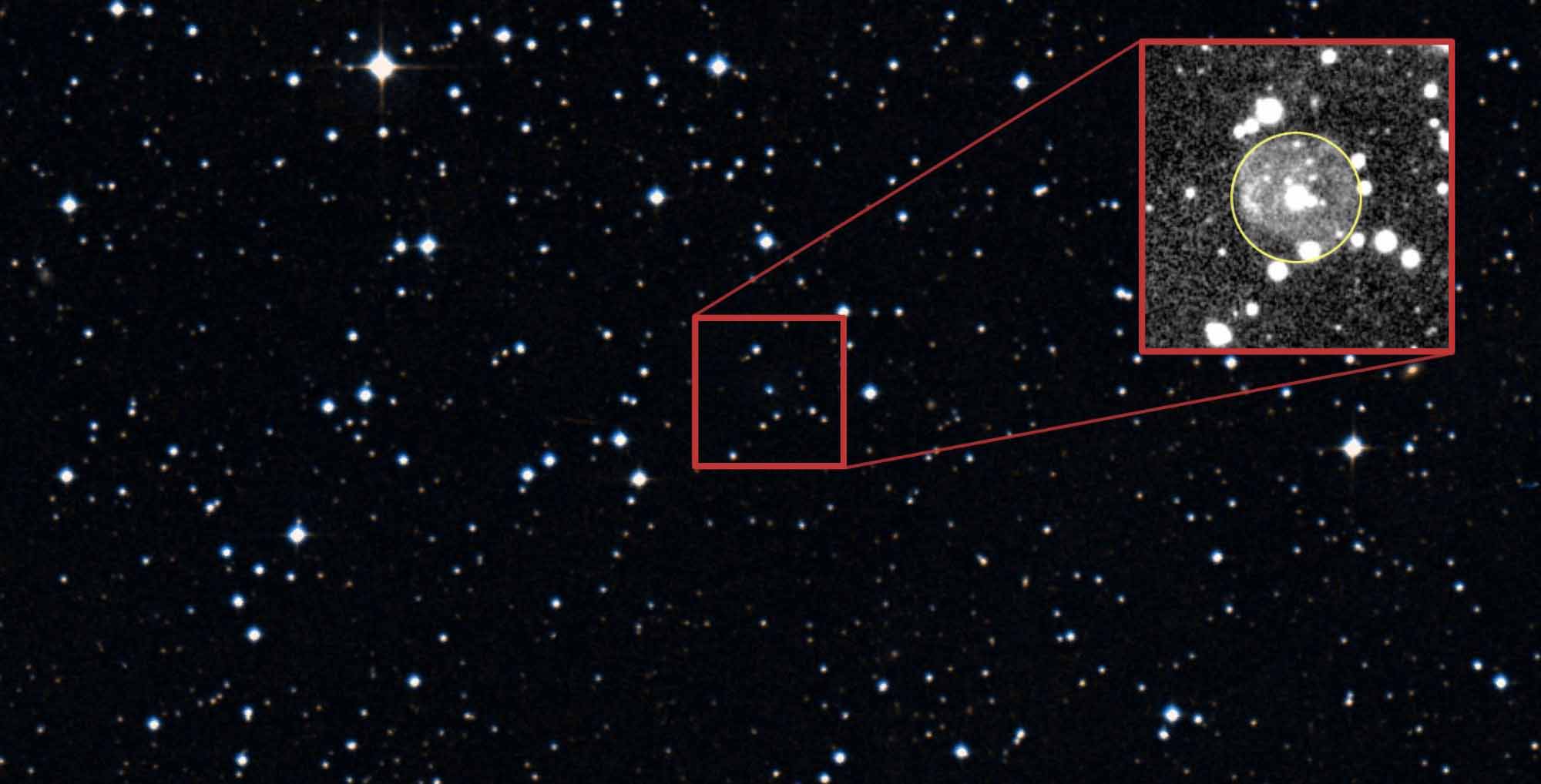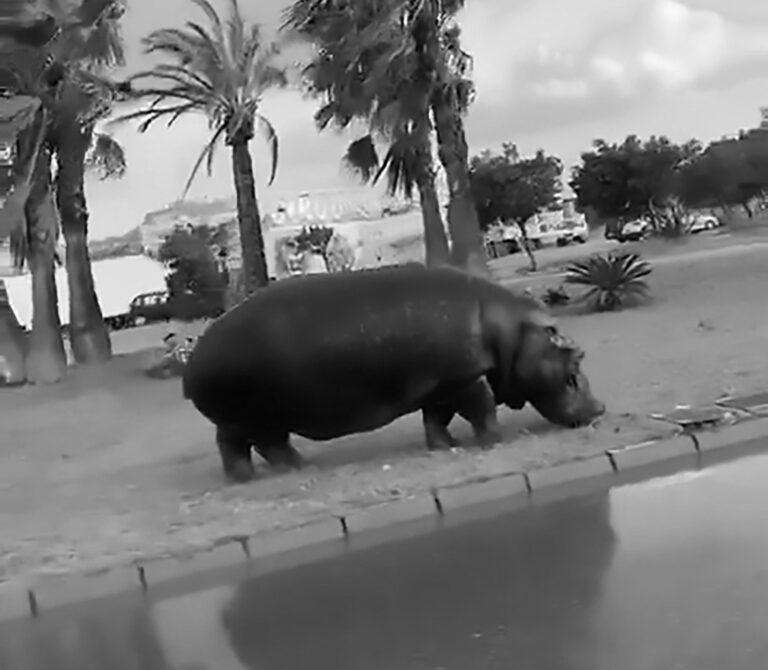A team of astronomers have discovered eight of the hottest stars in the universe whose blazing surfaces alone reach more than 100,000 centigrade.
The researchers reportedly discovered the very hot white dwarf and pre-white dwarf stars after a survey of helium-rich subdwarf stars.
For the purpose of their study, the scientists used the largest single optical telescope in the southern hemisphere, named the Southern African Large Telescope (SALT).
The hottest star that the SALT reportedly detected had a surface temperature of 180,000 centigrade, which in turn is over 30 times more than the Sun’s external temperature of 5,800 centigrade.
The astronomers furthermore identified one of the stars as the central star of a newly discovered planetary nebula estimated at one light year in diameter, while two other stars were reportedly pulsating or ‘variable’.
A variable star is a star whose brightness changes with time, according to online sources.
Each of the discoveries was reportedly more than one hundred times brighter than the sun, which is considered unusual for white dwarf stars that are about the same size as Earth.
But despite the similarity in size, white dwarfs are much more massive and are the densest stars in existence that consist of normal matter.
In contrast, pre-white dwarfs are a few times bigger and will shrink to become white dwarfs within a few thousand years.
Astronomer at the Armagh Observatory and Planetarium and lead researcher of the study Simon Jeffery said in a statement obtained by Newsflash: “Stars with effective temperatures of 100,000 degrees Celsius or higher are incredibly rare.
“It was a real surprise to find so many of these stars in our survey.

“These discoveries will help to increase our understanding of the late stages of stellar evolution and they demonstrate that SALT is a fantastic telescope for our project.
“It has been exciting to work with an experienced team, who collectively enabled the discovery of the stars, the analysis of their atmospheres, and the discovery of pulsations and a nebula in a very short space of time.”
Study co-author and professor at the University of Tuebingen, Klaus Werner added: “I am proud to have helped develop this ground-breaking research.
“The discovery of eight very hot white dwarf and pre-white dwarf stars and a new planetary nebula is hugely significant, and we hope that these findings will help to shed new light on the formation of our galaxy.”
Department of Astronomy, University of Cape Town, and South African Astronomical Observatory researcher Dr Itumeleng Monageng said: “It is an honour to have played a part in this incredible discovery.
“The SALT survey of helium-rich hot subdwarfs was intended to explore evolutionary pathways amongst groups of highly evolved stars.
“It is fascinating to have discovered eight new extremely hot stars in the process, one of which is surrounded by a planetary nebula.”
The study was published in the Monthly Notices of the Royal Astronomical Society on Monday, 9th January.
To find out more about the author, editor or agency that supplied this story – please click below.
Story By: Georgina Jadikovska, Sub-Editor: Marija Stojkoska, Agency: Newsflash
The Ananova page is created by and dedicated to professional, independent freelance journalists. It is a place for us to showcase our work. When our news is sold to our media partners, we will include the link here.




